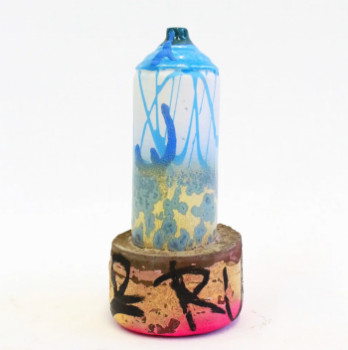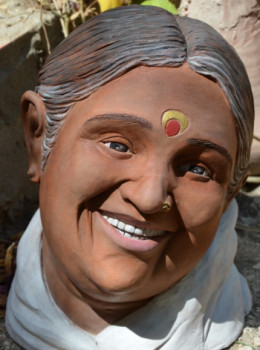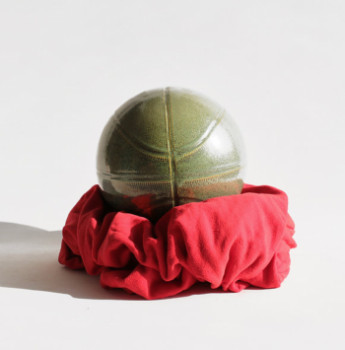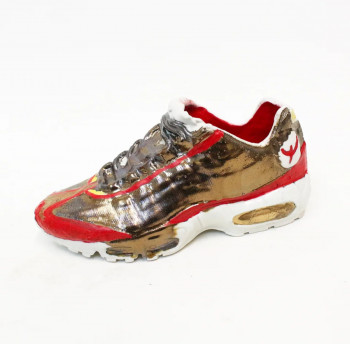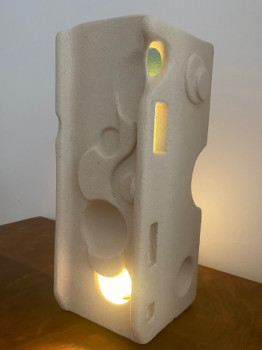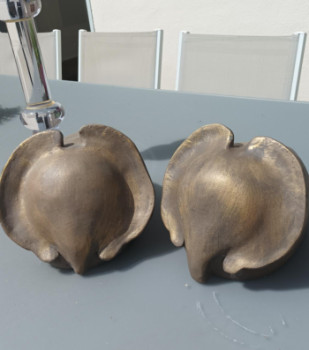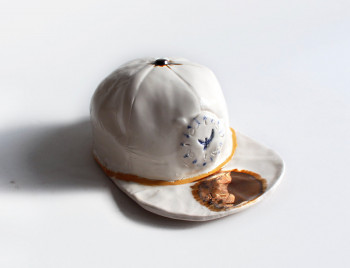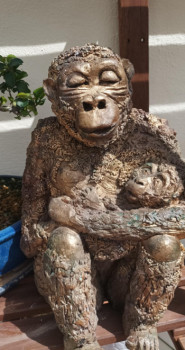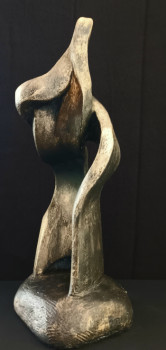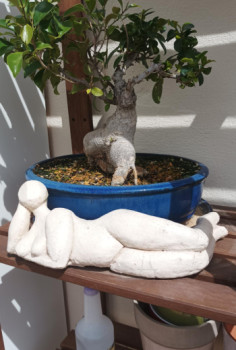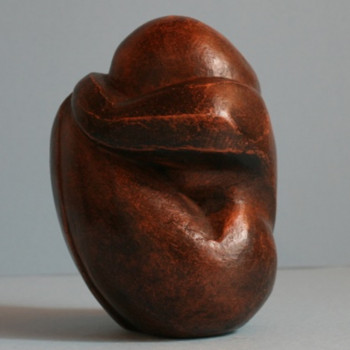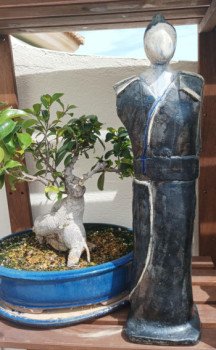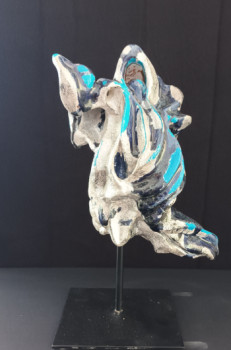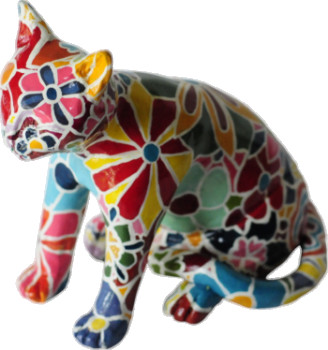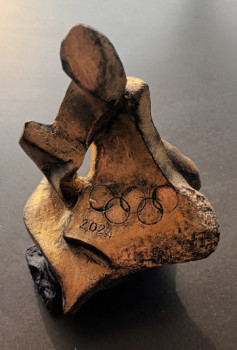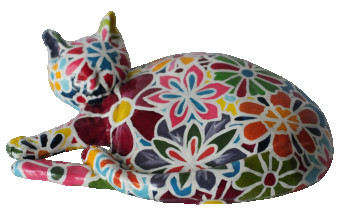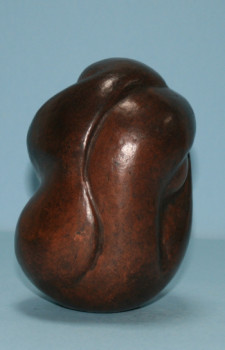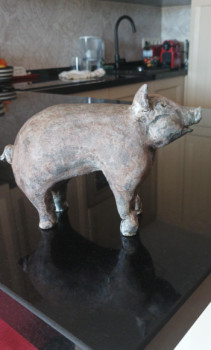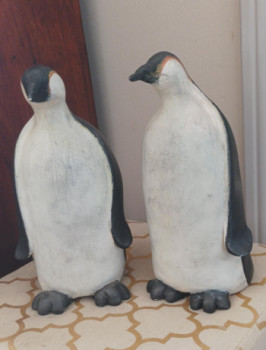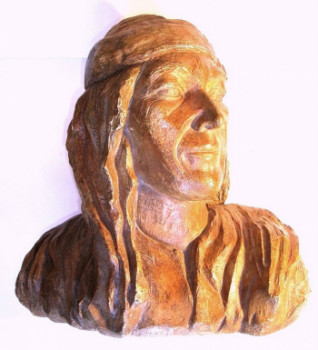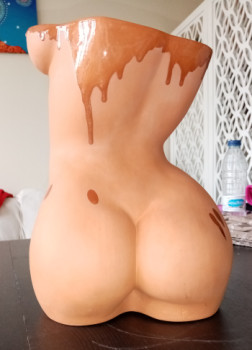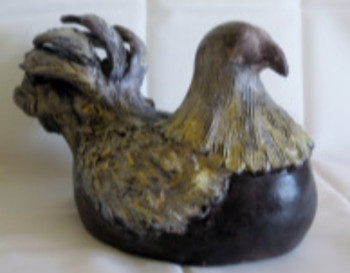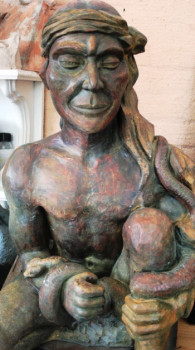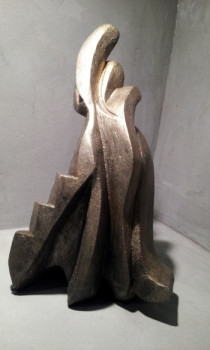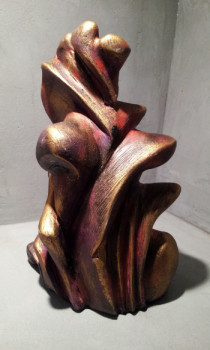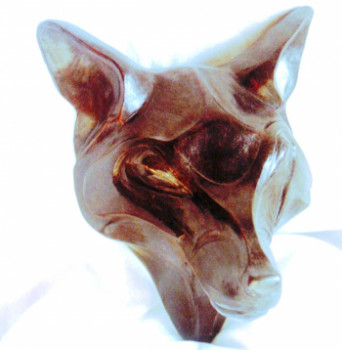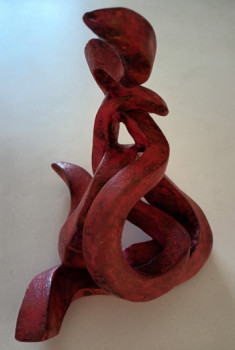
Ceramic sculpture
Ceramic sculpture, an art thousands of years old
Whether artistic sculptures, religious use or simply pottery intended for religious use. To contain liquids, ceramics have been used for thousands of years. what was ceramic used for? What is art ceramics? Who are the most famous ceramic sculptors?
The history of ceramic sculpture
For tens of thousands of years, clay artisans have been creating ceramic sculptures. Sometimes used as tools or as a container, sometimes as sacred sculptures or beautiful ceramics, many creative people have used, throughout history, this inexpensive and easily available material.
Ceramic works of art can take various forms such as:
- pottery
- mosaics
- characters
- other sculptures
The first traces of ceramic sculptures
The oldest trace of ceramic art comes from East Asia. Indeed, in China and Japan, containers have been discovered which date between 20,000 and 10,000 BC. BC, notably in the cave of Xianrendong in the province of Jiangxi where We were able to find pottery shards from the Palolithic era. Long before agriculture, our ancestors created containers intended for harvest food. Some even have burn marks which could suggest that they used these ceramic tools to cook their food.
Ceramic sculptures with the Neolithic era
During the third millennium BC. In the 50th century BC, ceramic pots were made. manufactured using a method known as «lovage» or winding in which the clay is molded into a fairly long strand which wraps around to form smooth walls. This technique made it possible to create pots for the first time. At this time, our ancestors used embossing to decorate clay. This technique allows you to create relief shapes. Although the motifs used were often geometric shapes, we also find allegorical motifs.
Ceramics in the Middle East
There is archaeological evidence of pottery production in the Middle East, between 4000 and 3000 BC. AD, i.e. at the dawn of the Uruk period. It was in ancient Mesopotamia that man began to develop. use clay to make pots and other containers. The National Museum of Iran exhibits numerous artifacts discovered in Iran. proximity of Tehran. In Susa, Iran, archaeologists came across pottery shards that date before 2,900 BC.
Ancient Egyptian Ceramics
In ancient Egyptians, ceramics played a key role. an essential role for more than five millennia. This art has endured through times and periods such as Amarna art or the Nubian dynasty. We were able to find intact pieces such as jars with rope motifs decorated with gold, but also shards of pottery and pots. To store agricultural products such as cereals or oils, the Egyptians used ceramic pots to store them. black top. From ancient times to the present Now, clay has allowed men to create magnificent sculptures and pieces.
The 3 ceramic sculptors you absolutely need to know
Today, we see many ceramic sculptors flourishing who offer sublime works.
- Beate Kuhn (1927 - 2015), the ceramic artist of the century
This famous ceramic sculpture artist was born on July 15, 1927 in New York. Düsseldorf in Germany. She was recognized for her talent in the 1950s. Her work is based on the study of organic activities and forms in order to depict the interaction that humans have with nature. The strength of his works lies in the fact that spectators are incapable of recognizing one or the other of his forms. It exploits the dichotomy of the micro and the macrocosm. She creates sculptures of great beauty. by drawing inspiration from the most banal things which give it a sense of inspiration. his works a perfection as well as a precision that no other sculptor can claim. She is known for having directed sculptures like «The Forest» in the 70s or «Little family in a semi-circle» in 1988.
- John Parker Glick (1938-2017), halfway between the conventional and the new
Although it is open to creative experimentation, this American ceramic sculptor was inspired by creative experimentation. mainly inspired by by beauty as well as the forms of oriental ceramics. He caused a sensation by producing impressive works in the early 1960s. Although Glick directed many traditional sculptures, this sculptor has an artistic portfolio which does not lack collections that go beyond conventions.
Upon returning from military service in Michigan in 1964, this sculptor created Plum Tree Pottery. Thanks to In addition, Glick was able to preserve thousands of his sculptures covering genres such as classical, antique and modern, a small amount of when we know that he made almost three hundred thousand works during his career.
- Ellen Schön (1953 - ), the queen of metaphor
This ceramic sculpture artist has been exhibiting her works since the end of the 1970s. She became known thanks to her work. his sculptures which reflect human emotions and situations. She stands out from other contemporary artists thanks to her work. his work mainly allegorical. She teaches at his students, to at the Art Institute of Boston, how to create ceramic sculptures that explore facets of human existence. According to her, the pottery vessels, by having a neck, shoulders, a stomach as well as feet, are strangely reminiscent of the human body. These clay vessels can reveal different dimensions of human experience.
